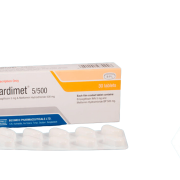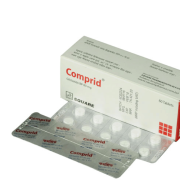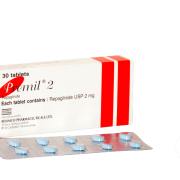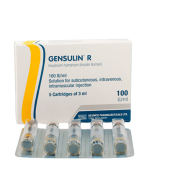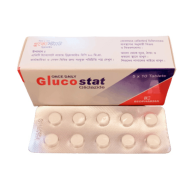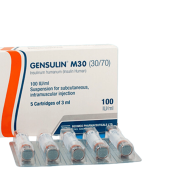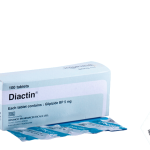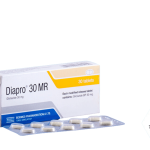Diapro
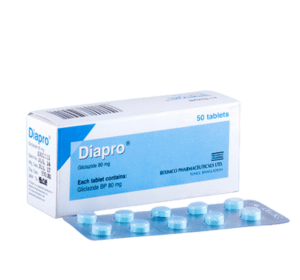
Generic Name: Gliclazide
Dosage Form: Tablet
TG Name: Endocrine & Diabetes
1. What Diapro® is and what it is used for?
Gliclazide is a second generation sulfonylurea that has hypoglycemic and potentially useful hemobiological properties. It stimulates the influx of calcium ions into pancreatic beta cells and as a result, increases insulin secretion. Moreover, in vivo studies have demonstrated changes in thrombin-induced platelet aggregation in NIDDM patients treated with gliclazide. Non-insulin dependent diabetes mellitus (type-II) when dietary modification has failed.
2. Before you take Diapro®
High Risk Groups
Neonates – The drug is not used in neonates
Nursing mothers – The drug should not be used by breast-feeding mothers.
Children – Gliclazide is contraindicated in children
Pregnant women – Gliclazide, as other sulfonylurea, is contraindicated for use in pregnant women. No teratological changes have been shown in animals or human, but diabetes can be controlled more tightly in pregnancy by insulin than by oral hypoglycemic agents.
Elderly – All sulfonylureas should be used with caution in the elderly because of the greater likelihood of their missing meals and the more severe outcome of significant hypoglycemia.
Concurrent disease
Definite hepatic disease should contraindicate the use of Gliclazide, since it is almost completely metabolized in the liver. Renal disease does not appear significantly to alter the pharmacokinetics, although it may be wise to limit the maximum dose when the serum creatinine starts to rise.
3. How to take Diapro®?
Initially 40-80 mg daily, adjusted according to response; up to 160 mg as a single dose, with breakfast; higher doses divided; maximum 320 mg daily.
4. Possible side effects
Potentially life-threatening effects – All hypoglycemic agents have the potential to cause severe hypoglycemia and may cause severe brain damage or death. Gliclazide used in standard dose is less likely than glyburide to cause hypoglycemia. Hypoglycemia may be favored by concurrent conditions such as hepatic and renal disease, malnutrition, anorexia, senility, alcohol intoxication or adrenal and pituitary insufficiency.
Severe or irreversible adverse effects – Approximately 2% of patients have been withdrawn from therapy because of adverse reactions, namely hypoglycemia (overdose effect), gastrointestinal disturbances and dermatological reactions.
Symptomatic adverse effects – Side effects of Gliclazide treatment are similar to those of other sulfonylureas. Headache, gastrointestinal upsets, nausea and dizziness have been reported and skin reactions, including rash, pruritus, erythema and bullous eruptions may occur. Abnormalities of liver function are not uncommon.


